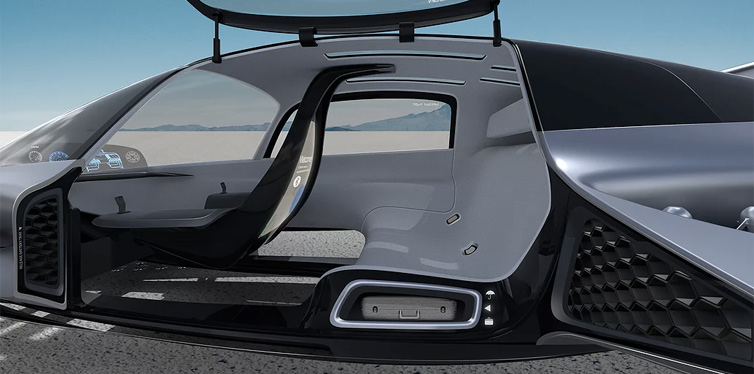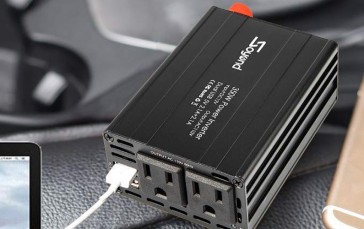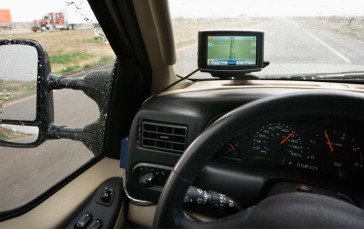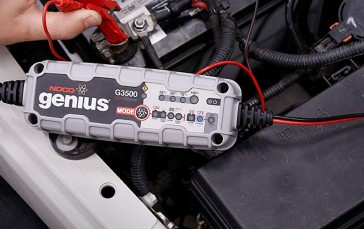This just in: flying cars are here, sending yet another signal that we are officially living in the “future.” So why have all existing flying cars either looked like the love child of a hatchback and a Cessna, or something designed back when microwaves constituted the cutting edge of fascinating new technology?
With the UEV LEO now primed for takeoff, that’s no longer the case. The compact, TRON-like prototype finally validates our updated fantasies of how flying cars should look and perform. It’s fully electric, endorsed by an upper-echelon government R&D agency, features a “floating” pilot seat, and looks like a cross between an ergonomic computer mouse and a musical instrument made by aliens.
It’s not here yet — the manufacturer is still in the stage of inviting pre-order and investor inquiries — but if and when it is, the UEV LEO change the game.

LEO Electric Flying Car Preview
It’s not a coincidence that the UEV LEO doesn’t look like an aircraft — its design team, led by Carlos Salaff of SALAFF Automotive and Pete Bitar of Electric Jet Aircraft, looked to build “an automobile for the sky — as science fiction has foreseen.”
That’s obvious from the first look. What’s not immediately evident is its reasonable size — at around 10’ x 20’, it figures to be significantly more practical than most of its competitors.
Believe it or not, the propulsion system seems pretty practical too. It features clusters of powerful electric jets, which facilitate safety through redundancy. Shrouds in the wings house the rotors to mitigate danger to anyone standing nearby while it’s running.
The powertrain gets a blessing from the Defense Advanced Research Project Agency, which is either highly bolstering or extremely disconcerting, depending on how you feel about government intervention. DARPA is a somewhat chimerical R&D entity that started as a response to Sputnik. The idea was to make the United States, from that time forward, “the initiator and not the victim of strategic technological surprises.”
Either way, it’s a pretty solid technological portfolio item for UEV to secure.
Interior and Pilot Experience
UEV says the LEO makes flying easy to learn and intuitive with its semi-autonomous controls. (Reread that sentence and reflect again on what a time it is to be alive.) On top of that, the pilot seat “floats” on a glass floor, which is not only an absurd flex but also teases a uniquely stimulating experience.
Beyond that, it’s got a 5G interface to help you get from A to B and hits speeds of up to 250 mph.
Apart from the price, which can’t be astronomical, charging appears to be a drawback. We assume it might charge at electric car charging stations — if that’s the case, you’ll need to get from one to the next and back home efficiently. You’ve only got an hour of flight time until the juice runs out and you plummet from the firmament like your wings were made of wax.
Learn more about humanity’s most recent foray into personal transportation futurism at the UEV LEO’s website.










